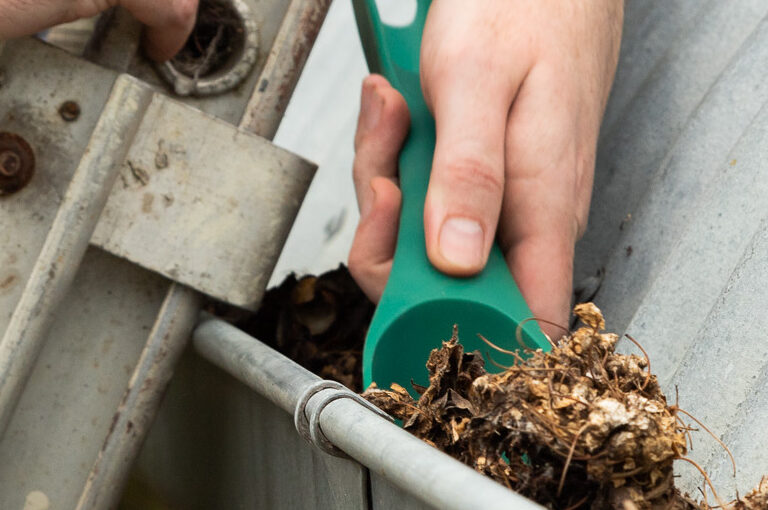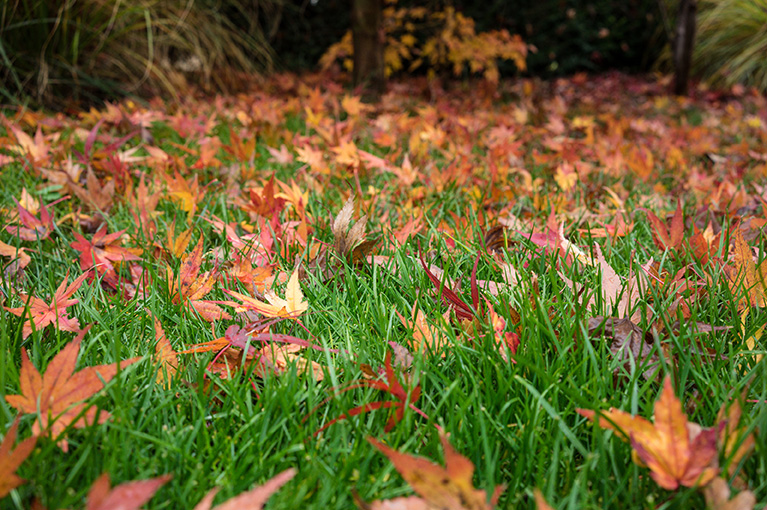Good garden bugs. Bad garden bugs. It’s not always easy to understand the ecosystem in your garden, so how do you know what’s happening at the micro level around your plants and soil? Sometimes you might see what you know are ‘bad’ bugs on plants and be tempted to spray them – but you might be removing the food source of the good bugs.
It’s complicated! Here’s how to know what’s what in your garden:
What are good bugs on plants?
Beneficial bugs include:
- parasitic wasps and flies
- ladybird beetles
- Spiders
- lacewings
- hover flies
- carabid beetles
- predatory bugs
- native earwigs
- insect eating beetles
- other generalist predators
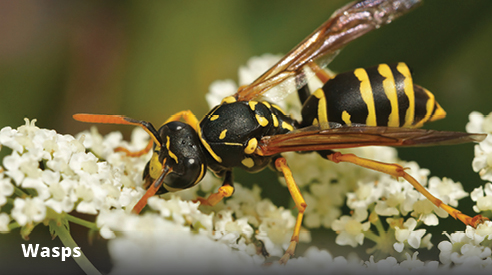
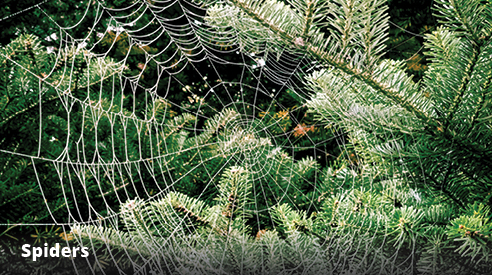


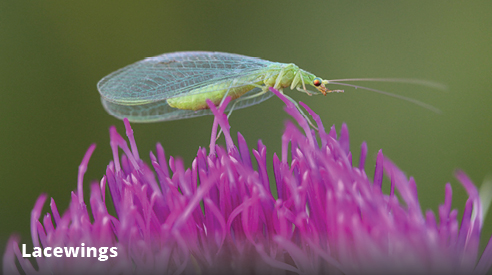
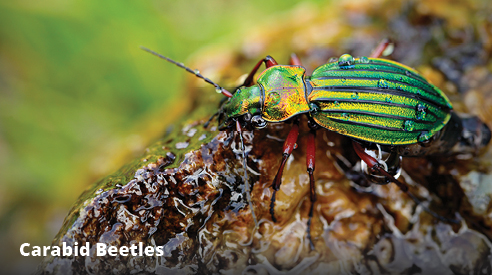


How do you know you have garden bad bugs?
Many bugs stay dormant over winter. Once the warmer weather starts, bugs are breeding and growing. Garden pests are bugs that eat new leaves, destroy flowers and look unsightly. Bugs on plants that congregate and are obvious will be the most annoying!
It might seem counterintuitive, but it’s good to let bad bugs breed because the ‘good’ bugs and birds will feed on them – which is great news for your garden’s biodiversity.
Hoverfly larvae feed on aphids. Aphids are one of the most loathed pests, as they affect rose bush flowers. Depending on your infestation, you can rub them off or spray with a hose. The hoverfly also munches on thrips, caterpillars and scale insects.
How to deal with garden pests
It’s good to check what is happening at the micro level in your garden. See what might be hiding under leaves and around the base of plants. If you think the bad bugs are causing a lot of leaf and flower damage and you need to act, there are several bug-friendly methods you can try.
Eco-neem is a natural product that deters leaf-munching bugs. Eco-oil can help control ‘bad’ bugs without harming good bugs.
You can also buy bulk organic eco bugs (like lace wings, predatory mites, lady beetles and small wasps) online to introduce to your garden. They’ll give your garden a head start early in the summer season.
How can you encourage good bugs?
Bee and bug hotels protect helpful bugs over winter, so the population is ready to go with the warmer weather.
Growing flowers and herbs encourages good bugs, by providing them with a variety of food.
Plants with small flowers such as alyssum, bergamot, cosmos, daisies, lavender, lemon balm, lobelia and mint also help encourage beneficial bugs. Many native plants that flower at the same time as bad bugs are emerging include grevilleas, bottle brush, tea tree, myoporum and melaleuca. These provide food for native bees and other helpful insects.
Planting a variety of flowers right through the year is another strategy for encouraging good bugs. And if your garden is being decimated this year, don’t despair! Try planting easy to grow annuals and perennials for a quick fix and more variety.
Above all, spend time identifying the bugs in your garden. It’s truly fascinating to see the ‘good’ and ‘bad’ at work!

Pope’s DIY tip
Attract good insects to your garden with a water source, like a fish pond or ceramic saucers.
Beneficial bugs include:
- parasitic wasps and flies
- ladybird beetles
- Spiders
- lacewings
- hover flies
- carabid beetles
- predatory bugs
- native earwigs
- insect eating beetles
- other generalist predators








Many bugs stay dormant over winter. Once the warmer weather starts, bugs are breeding and growing. Garden pests are bugs that eat new leaves, destroy flowers and look unsightly. Bugs on plants that congregate and are obvious will be the most annoying!
It might seem counterintuitive, but it’s good to let bad bugs breed because the ‘good’ bugs and birds will feed on them – which is great news for your garden’s biodiversity.
Hoverfly larvae feed on aphids. Aphids are one of the most loathed pests, as they affect rose bush flowers. Depending on your infestation, you can rub them off or spray with a hose. The hoverfly also munches on thrips, caterpillars and scale insects.
How to deal with garden pests
It’s good to check what is happening at the micro level in your garden. See what might be hiding under leaves and around the base of plants. If you think the bad bugs are causing a lot of leaf and flower damage and you need to act, there are several bug-friendly methods you can try.
Eco-neem is a natural product that deters leaf-munching bugs. Eco-oil can help control ‘bad’ bugs without harming good bugs.
You can also buy bulk organic eco bugs (like lace wings, predatory mites, lady beetles and small wasps) online to introduce to your garden. They’ll give your garden a head start early in the summer season.
How can you encourage good bugs?
Bee and bug hotels protect helpful bugs over winter, so the population is ready to go with the warmer weather.
Growing flowers and herbs encourages good bugs, by providing them with a variety of food.
Plants with small flowers such as alyssum, bergamot, cosmos, daisies, lavender, lemon balm, lobelia and mint also help encourage beneficial bugs. Many native plants that flower at the same time as bad bugs are emerging include grevilleas, bottle brush, tea tree, myoporum and melaleuca. These provide food for native bees and other helpful insects.
Planting a variety of flowers right through the year is another strategy for encouraging good bugs. And if your garden is being decimated this year, don’t despair! Try planting easy to grow annuals and perennials for a quick fix and more variety.
Above all, spend time identifying the bugs in your garden. It’s truly fascinating to see the ‘good’ and ‘bad’ at work!

Pope’s DIY tip
Attract good insects to your garden with a water source, like a fish pond or ceramic saucers.
It’s good to check what is happening at the micro level in your garden. See what might be hiding under leaves and around the base of plants. If you think the bad bugs are causing a lot of leaf and flower damage and you need to act, there are several bug-friendly methods you can try.
Eco-neem is a natural product that deters leaf-munching bugs. Eco-oil can help control ‘bad’ bugs without harming good bugs.
You can also buy bulk organic eco bugs (like lace wings, predatory mites, lady beetles and small wasps) online to introduce to your garden. They’ll give your garden a head start early in the summer season.
Bee and bug hotels protect helpful bugs over winter, so the population is ready to go with the warmer weather.
Growing flowers and herbs encourages good bugs, by providing them with a variety of food.
Plants with small flowers such as alyssum, bergamot, cosmos, daisies, lavender, lemon balm, lobelia and mint also help encourage beneficial bugs. Many native plants that flower at the same time as bad bugs are emerging include grevilleas, bottle brush, tea tree, myoporum and melaleuca. These provide food for native bees and other helpful insects.
Planting a variety of flowers right through the year is another strategy for encouraging good bugs. And if your garden is being decimated this year, don’t despair! Try planting easy to grow annuals and perennials for a quick fix and more variety.
Above all, spend time identifying the bugs in your garden. It’s truly fascinating to see the ‘good’ and ‘bad’ at work!

Pope’s DIY tip
Attract good insects to your garden with a water source, like a fish pond or ceramic saucers.








